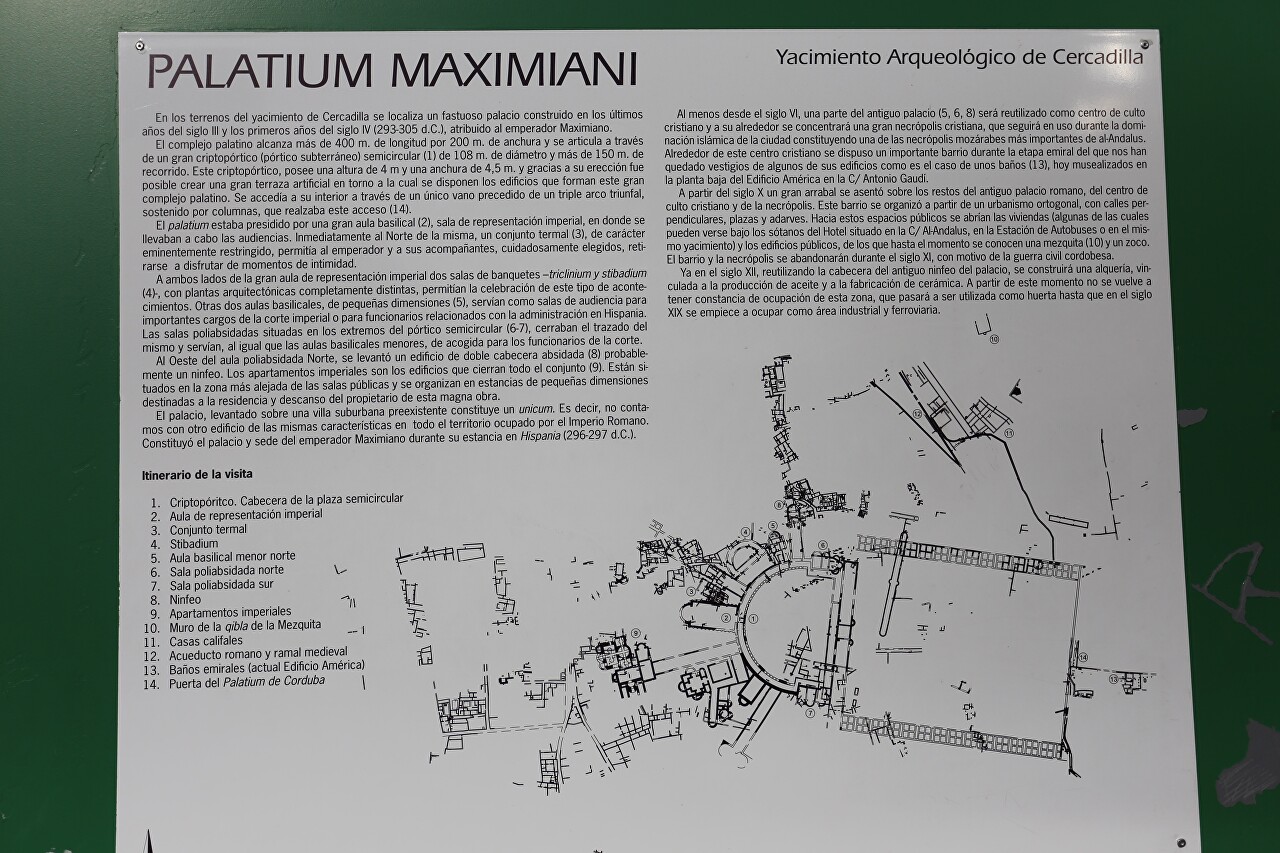Ruins of the Emperor Maximian Palace, Córdoba
As I approached the Cordoba bus station, I saw a vast excavation area stretching along the platform of the train station. Leaving this beautiful city, I went to the bus station early to see the ruins known as Palatium Maximian.
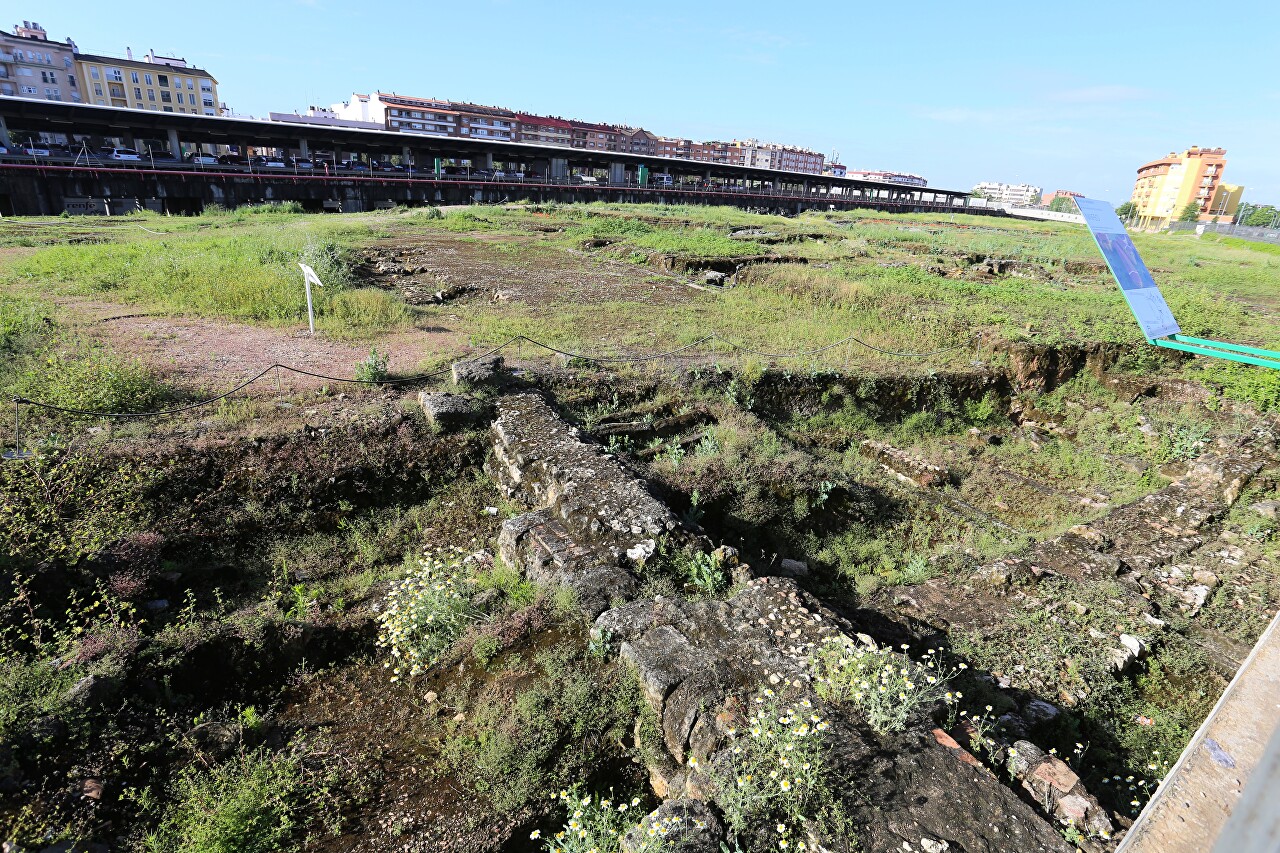
The Roman-era foundations were discovered in 1922, during the construction of a railway line, but systematic excavations did not begin until 1991. The archaeological zone measures approximately 400 meters by 200 meters, within which the ruins were located, the age and belonging of which was determined by inscriptions found on a fragment of marble slab of a room identified as thermae.
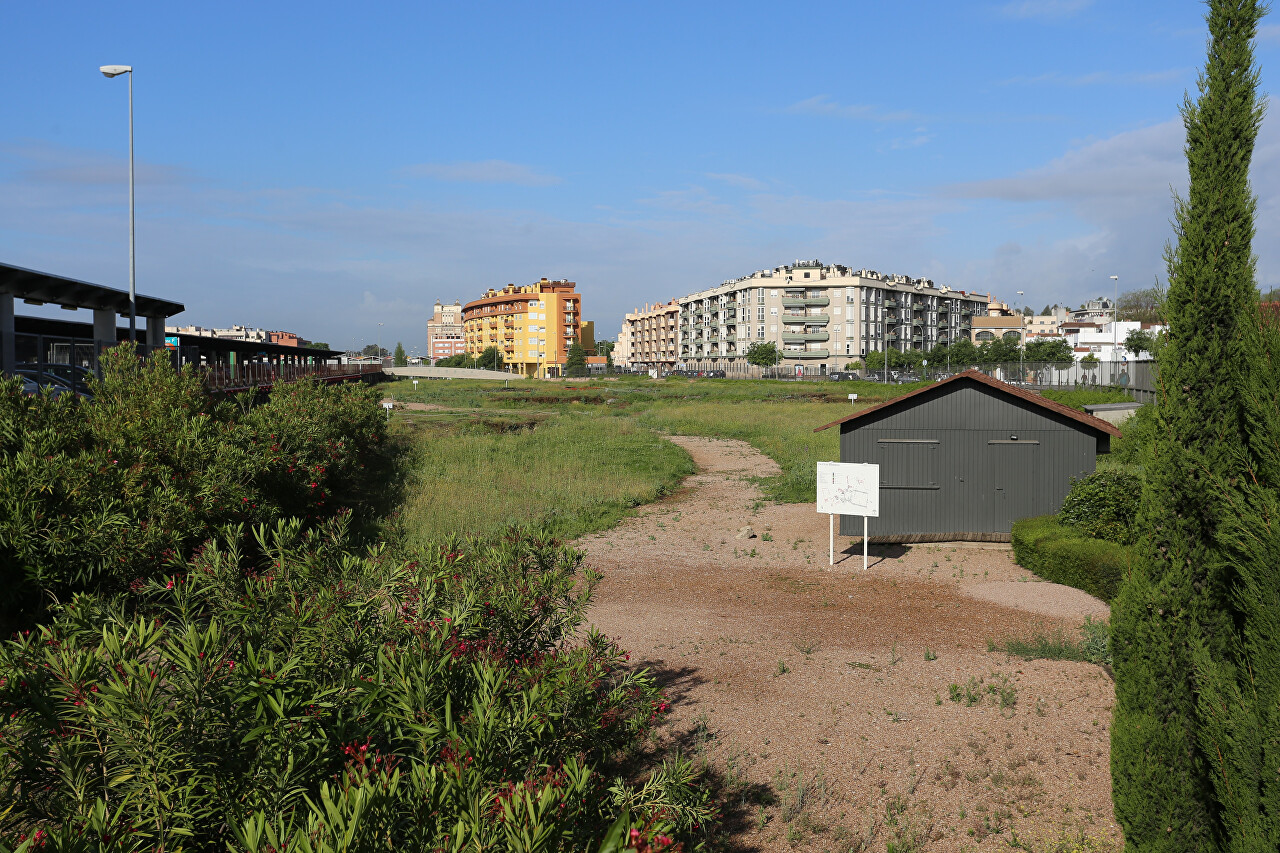
The text mentioned the "cesares" of Constantius and Galerius. According to archaeologists and historians, these inscriptions date from March 1, 293, when the aforementioned Romans received their titles, to May 1, 305, Diocletian and Maximian abdicated, and Constantius and Galerius became known as "August".
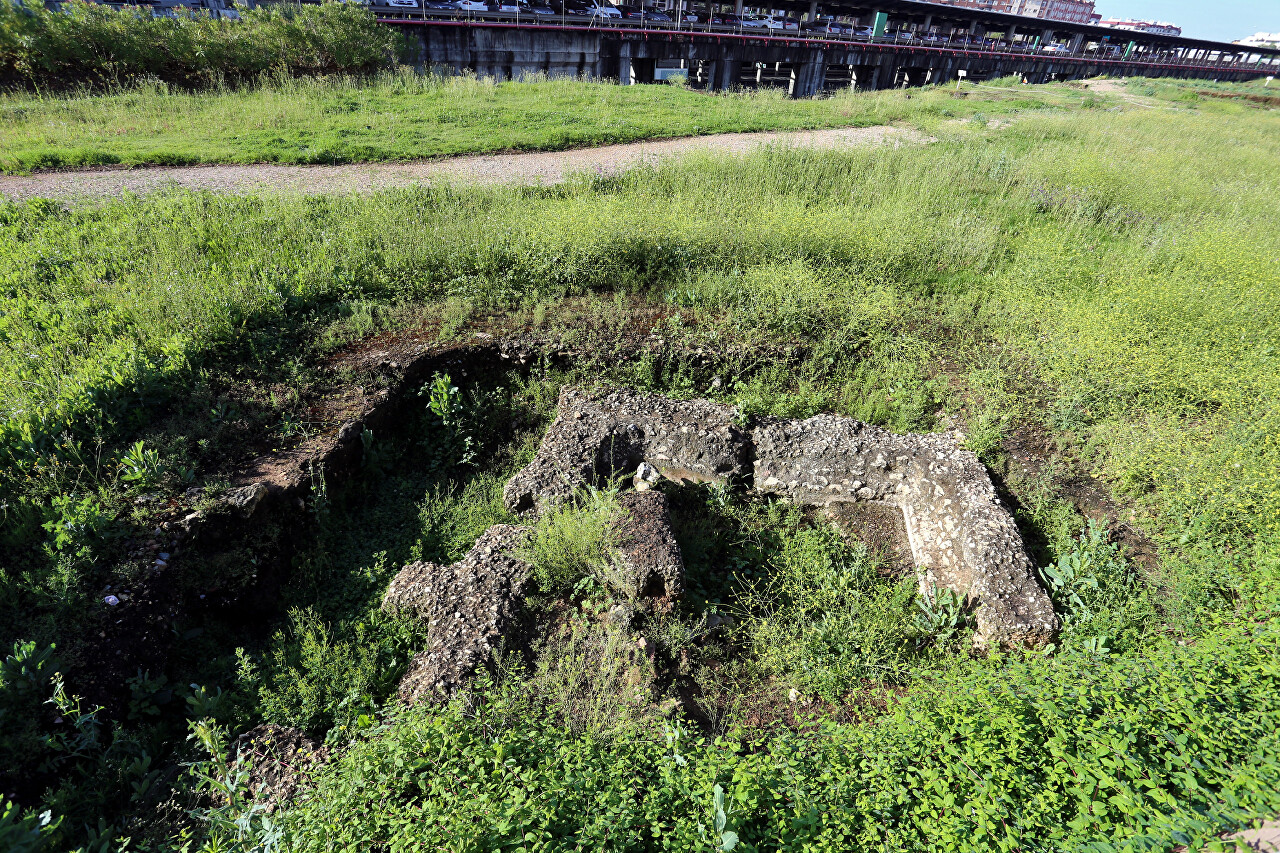
It is known that in 297-299 Maximian led military operations against the Moors in the southern part of the Pyrenees. Based on this, we can say with a high degree of confidence that the Emperor Maximian Heruklius was the only one who could have built a palace complex (Palatium) of this scale here.
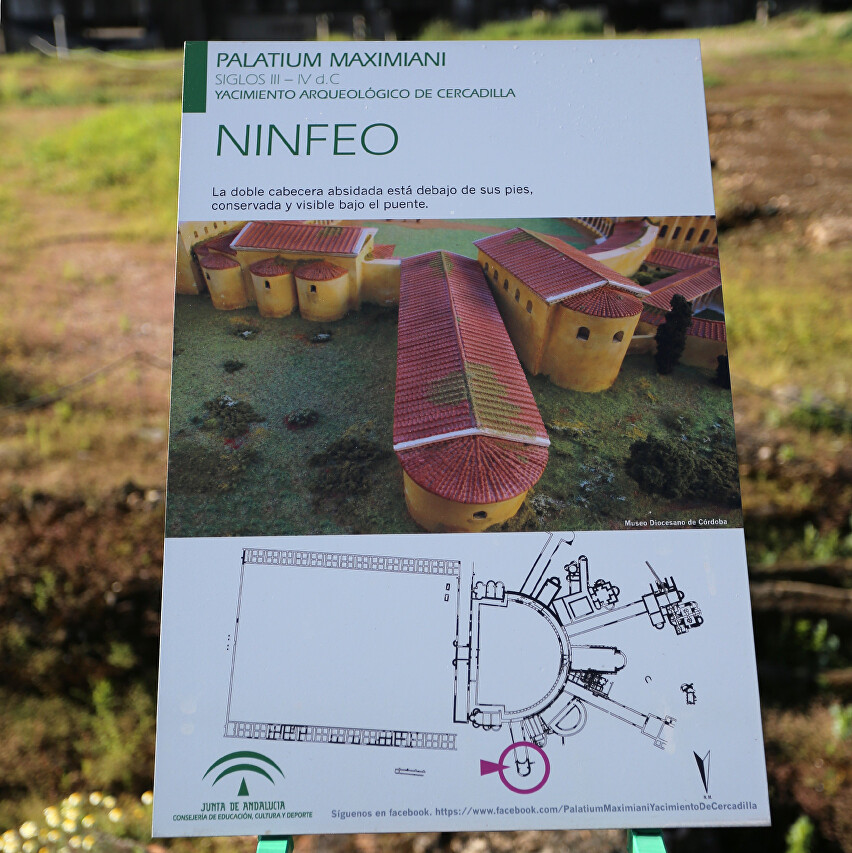
The city walls of the Roman period were located 600 meters from the palace, and the nearest gate was 650 meters away. The construction outside the walls was due not only to the gigantic size of the palace, but also to the fact that in the late Roman era the city went beyond the perimeter of the fortifications, in particular, a huge circus adjoined the palace.
